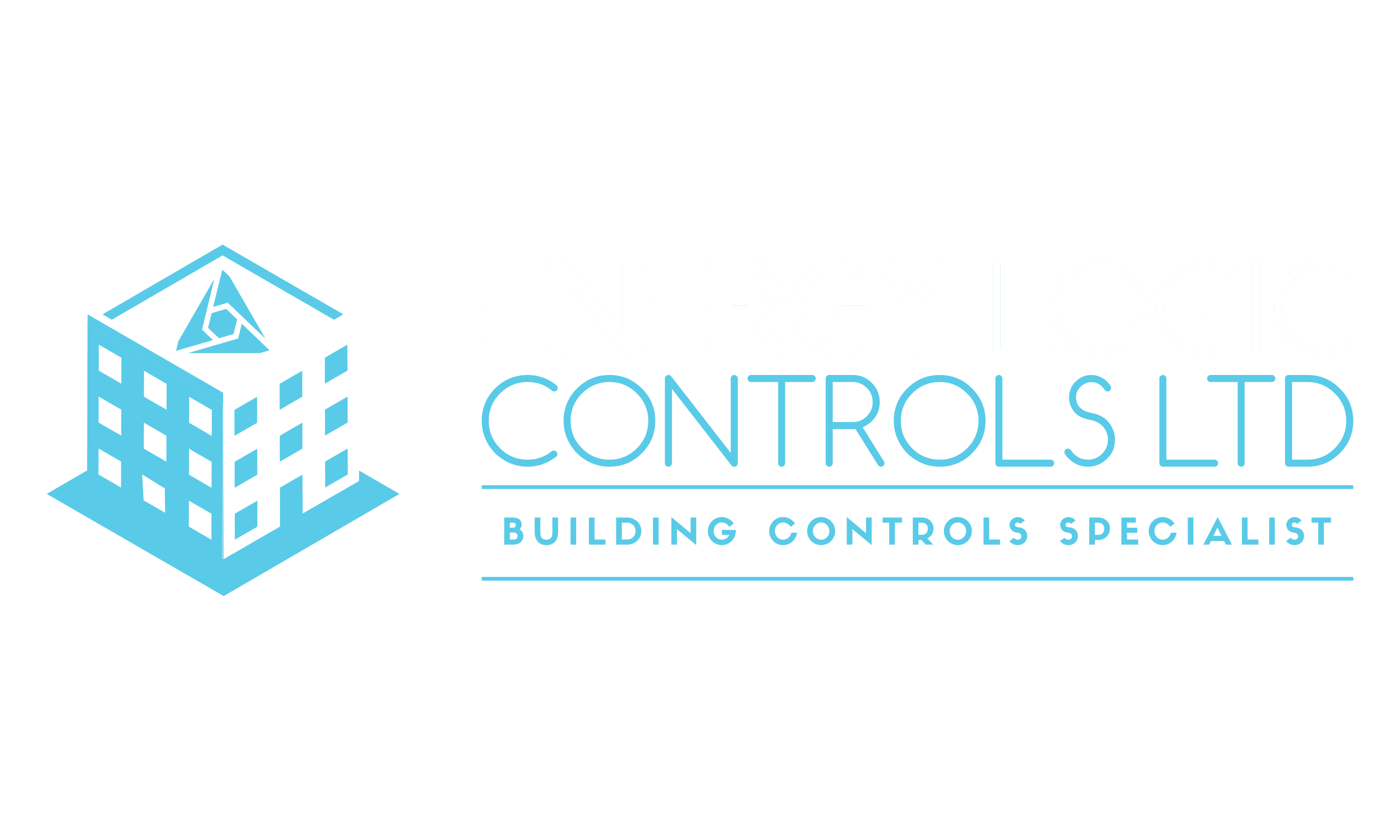In today’s rapidly evolving building landscape, ensuring the efficient operation of Building Management Systems (BMS) is essential for maintaining energy efficiency, comfort, and safety. BMS Validation plays a crucial role in confirming that all building systems are functioning correctly and are in line with regulatory standards and design specifications. This process is especially critical for businesses in Hertford, where commercial and industrial facilities must remain compliant with local regulations while optimising operational performance.
What Is BMS Validation?
BMS Validation is a systematic process that assesses whether a Building Management System is performing as intended, according to its design parameters and industry standards. The validation process involves testing and verifying that all aspects of the BMS—including HVAC, lighting, security, and fire safety systems—are operating correctly and efficiently. The aim is to ensure the system meets the requirements set out during its design, installation, and commissioning phases. For businesses and property owners in Hertford, BMS validation is critical for identifying inefficiencies, system faults, or potential safety risks. It also provides documentation that systems are compliant with energy efficiency regulations, which is increasingly important in a world where sustainability is paramount.
The Importance of BMS Validation for Your Building
The modern building is a complex ecosystem, requiring multiple systems to work together seamlessly. A failure in one part of the system can lead to inefficiencies that impact the entire building’s performance. Regular BMS Validation in Hertford helps to identify these potential issues before they become major problems, ensuring that your building runs efficiently and effectively.
Here are several key reasons why BMS validation is vital for any commercial or industrial building:
1. Ensures System Efficiency
BMS validation ensures that all components of the system—such as sensors, controllers, and actuators—are working efficiently. Over time, these components may become misaligned or start to malfunction, leading to decreased efficiency and higher energy consumption. Regular validation identifies these issues and allows for prompt repairs or adjustments, ensuring that the system operates at its peak efficiency.
2. Compliance with Regulations
Buildings in Hertford must comply with a range of local and national energy efficiency standards. BMS validation ensures that your building is not only compliant with these regulations but also optimised to meet or exceed energy performance standards. This is crucial for avoiding penalties and ensuring continued operations without interruptions due to non-compliance.
3. Optimised Energy Use
With increasing pressure to reduce energy consumption and carbon footprints, BMS validation is an effective tool for ensuring that your building is using energy in the most efficient way possible. The validation process identifies areas where energy use can be reduced, such as adjusting HVAC settings or optimising lighting controls. By fine-tuning the BMS, building owners can achieve significant energy savings and contribute to a more sustainable future.
4. Prevents Costly Breakdowns
System failures can lead to costly repairs and downtime, especially if issues go unnoticed for extended periods. Regular BMS validation allows for the early detection of potential faults or failures, helping to prevent breakdowns and ensuring the longevity of your building’s infrastructure. This proactive approach saves time and money by reducing the risk of expensive emergency repairs.
Key Steps in the BMS Validation Process
The BMS validation process in Hertford involves several key steps to ensure that the system is fully operational and compliant with performance standards:
1. System Assessment
The first step in the validation process is a thorough assessment of the Building Management System. This includes evaluating how well the system’s components are performing and identifying any discrepancies between the system’s actual performance and the design specifications.
2. Functional Testing
During the functional testing phase, each component of the BMS is tested to verify that it is working as intended. This includes checking sensors, controllers, and actuators, as well as ensuring that all systems are communicating correctly. For example, the validation will test whether HVAC systems are maintaining the desired temperature levels and whether lighting systems respond correctly to occupancy or daylight sensors.
3. Data Collection and Analysis
BMS validation involves collecting data from the system over a specified period. This data is then analysed to assess system performance and identify any inefficiencies. Energy consumption, system responsiveness, and equipment performance are all key metrics that are evaluated during this phase.
4. Reporting and Recommendations
Once the validation process is complete, a comprehensive report is generated detailing the findings. This report outlines any issues that were identified and provides recommendations for improving system performance. It also serves as documentation that the building’s systems are compliant with relevant regulations.
BMS validation in Hertford is essential for maintaining the efficiency, safety, and compliance of modern buildings. By regularly validating your Building Management System, you can ensure that all systems are working as intended, energy use is optimised, and costly breakdowns are avoided.
At Energy Logic Controls, our professional validation services provide the expertise you need to keep your building performing at its best. Whether you’re managing a commercial facility, an office building, or an industrial complex, our team is here to help you achieve your operational and sustainability goals through comprehensive BMS validation.







